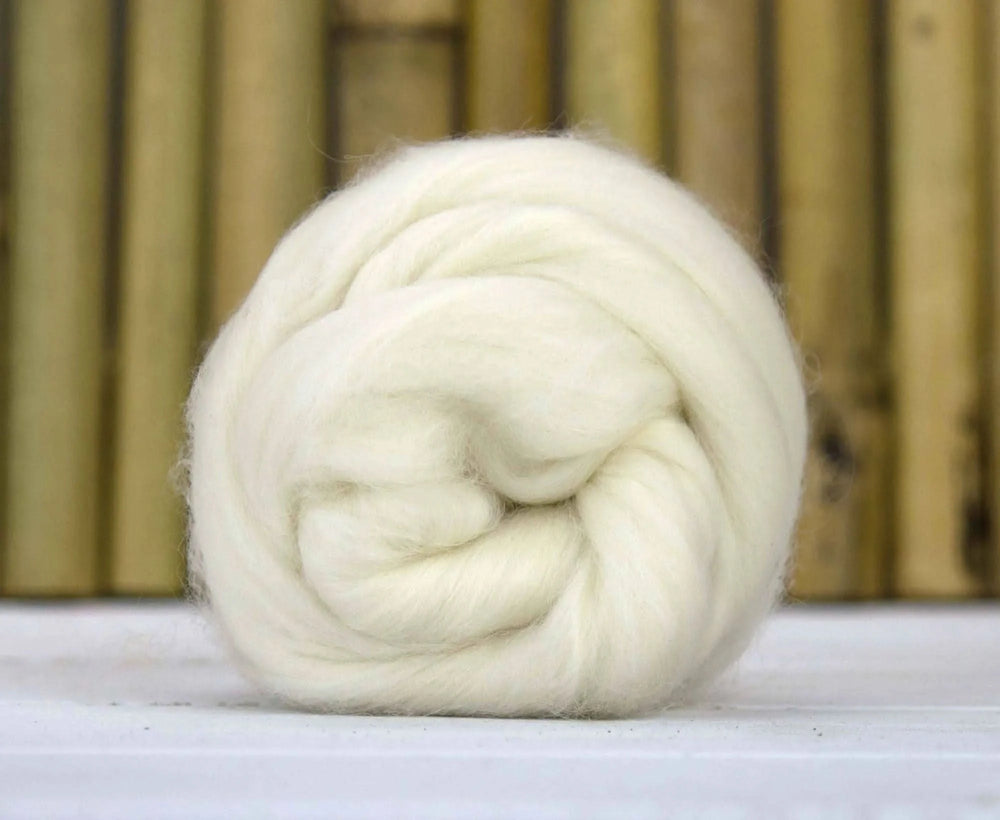Discover the Luxury and Softness of what is cashmere and Why It’s So Loved
Discover the Luxury and Softness of what is cashmere and Why It’s So Loved
Blog Article
Discovering the Different Sorts Of Cashmere a Natural Fiber for Ultimate High-end
Cashmere, a natural fiber, is commonly connected with luxury and comfort. However, not all cashmere is developed equivalent. From the richly soft Mongolian variety to the light-weight warmth of Indian Pashmina, each kind offers its own one-of-a-kind functions and appeal. The much more inexpensive Chinese cashmere, the standard Scottish version, and the premium Italian mix, all tell a different story of this exceptional fiber. As we unravel the world of cashmere, a deeper understanding of its true value and sophistication begins to emerge.
Understanding the Glamorous Nature of Cashmere
Cashmere, usually connected with luxury and convenience, holds a distinct attraction in the world of all-natural fibers. Unlike other all-natural fibers, cashmere combines insulation with breathability, offering unparalleled convenience throughout varying temperature levels. Its lustrous coating and soft texture contribute to its premium appeal, warranting the premium cost that usually comes with cashmere garments.
Just What Is Cashmere and Where Does It Originate from?

Given these outstanding qualities, one may question the origin and make-up of this lavish fiber. Cashmere is stemmed from the soft undercoat of cashmere goats, mostly located in Mongolia, China, Iran, and Afghanistan - is cashmere a natural fiber. These goats are adapted to severe climatic problems, generating an extremely fine, soft underfur as a defense against the bitter cold. This underfur, or undercoat, is what is gathered for cashmere. Each springtime, when the goats normally lost their winter season coat, farmers comb out the great underhair, leaving the coarser hair behind. This careful procedure adds to the shortage and high cost of cashmere. With its beginning in the extreme landscapes of Asia, cashmere is a testimony to nature's ability to produce deluxe from adversity.
Translating the Various Sorts Of Cashmere
Comprehending the different kinds of cashmere is vital to appreciating the quality and distinct qualities of this extravagant textile. Normally, cashmere is classified into three types: raw, virgin, and reused. Raw cashmere is directly acquired from the goat and is unprocessed. This kind usually has contaminations such as dirt and crude hair. Virgin cashmere, on the other hand, is the pure, unrecycled product that is spun into thread for the very first time. It is the softest and most luxurious. Ultimately, recycled cashmere is made from virgin product that has been previously utilized. my blog It is re-spun and used in producing lower-cost cashmere items. Decoding these kinds is the initial step in comprehending the exclusivity and worth of cashmere.

The Unique Features of Each Kind Of Cashmere
Having checked out the different categories of cashmere, it emerges that each kind boasts its unique set of features. Mongolian cashmere, for circumstances, is renowned for its remarkable quality, due to Mongolia's harsh winters that produce longer and finer fibers. On the other hand, Chinese cashmere is commonly much more economical, though its shorter fibers can reduce longevity. Scottish cashmere is celebrated for its splendid softness, a result visit site of the conventional water washing procedure using Scotland's soft water. Italian cashmere, meanwhile, is well-known for its skillful mixing and coloring methods, rendering it dynamic and functional. Last but not least, Indian cashmere, additionally referred to as Pashmina, is valued for its extraordinary agility and warmth. Each type, hence, contributes to the fabric's online reputation for high-end.
Why Cashmere Is the Embodiment of Deluxe in Fashion
Cashmere holds a well-regarded position in the globe of fashion, regarded as an icon of deluxe and refinement (is cashmere a natural fiber). Cashmere is obtained from the great undercoat of Himalayan goats, known for their premium quality fiber. Cashmere's unparalleled convenience and toughness make it a sought-after material in useful source the creation of premium garments.
The Process of Making Cashmere: From Goat to Garment
The journey of cashmere, from being an undercoat of a Himalayan goat to an elegant garment, is a detailed one. With the arrival of springtime, farmers in Mongolia and China accumulate the woollen by brushing the goats, ensuring no harm is done. The acquired wool contains rugged outer hair and soft downy undercoat. This mix is then fastidiously divided, with just the soft down utilized for cashmere. This raw cashmere is cleaned, dyed and rotated right into thread. The thread is then woven or knitted into materials. The last action entails pressing and washing to offer the fabric its particular gentleness and warmth. From goat to garment, each action is a testament to the creativity, ability and perseverance associated with crafting cashmere.

Conclusion
Finally, cashmere, with its natural beauty and exceptional comfort, preponderates in the world of luxury style. The diversity in types, varying from the soft Mongolian, light-weight Indian Pashmina, affordable Chinese, typical Scottish, to the vibrant Italian, exposes the versatility of this natural fiber. The scrupulous process of transforming it from a goat to a garment further includes in its exclusivity, making cashmere the embodiment of refinement and luxury.
Cashmere, a natural fiber, is typically associated with high-end and convenience (is cashmere a natural fiber).Cashmere, typically associated with deluxe and convenience, holds an unique appeal in the world of natural fibers. Unlike various other natural fibers, cashmere combines insulation with breathability, using unparalleled convenience throughout differing temperatures. Cashmere is acquired from the soft undercoat of cashmere goats, mostly discovered in Mongolia, China, Iran, and Afghanistan. Cashmere is acquired from the great undercoat of Himalayan goats, understood for their exceptional high quality fiber
Report this page